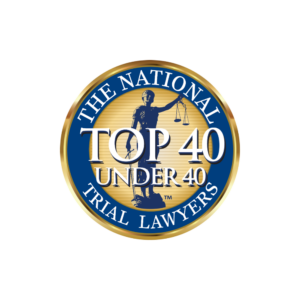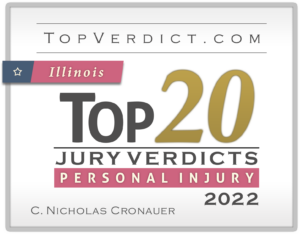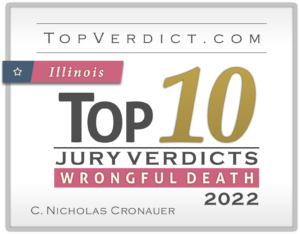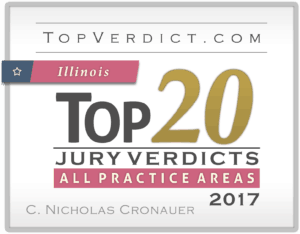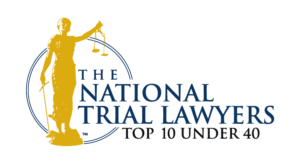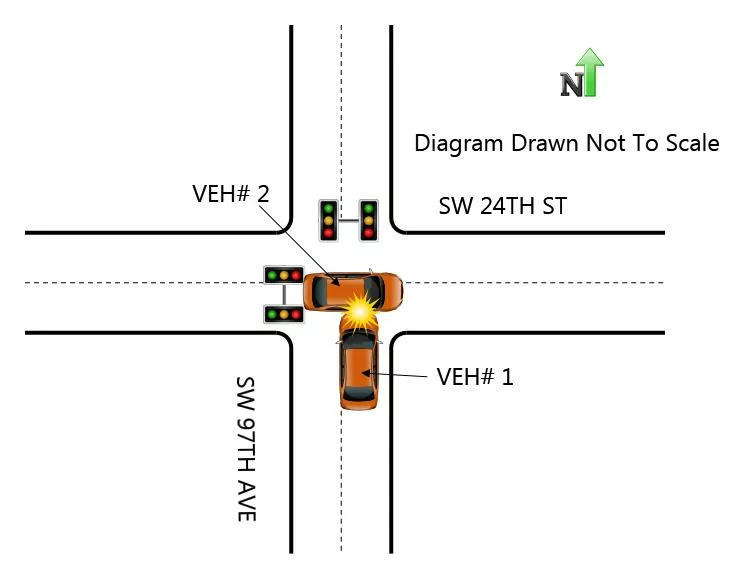T-bone accidents, also known as side-impact or broadside collisions, are some of the most dangerous types of car accidents. They occur when the front of one vehicle collides with the side of another, forming a “T” shape. Determining who is at fault in a T-bone accident can be complex, as it often depends on a variety of factors, including the circumstances of the accident, the laws in the jurisdiction where the accident occurred, and the evidence available.
Understanding T-Bone Accidents
T-bone accidents often occur at intersections when one vehicle fails to yield to a stop sign or traffic light. They can also happen in parking lots or any other location where vehicles can cross paths perpendicularly. The impact of a T-bone collision can be severe due to the limited protection offered by the sides of vehicles. Common injuries from T-bone accidents include head and brain injuries, neck and spinal cord injuries, chest injuries, and fractures.
Determining Fault in a T-Bone Accident
Determining who is at fault in a T-bone accident often comes down to which driver had the right of way at the time of the collision. The driver who had the right of way is typically not at fault. Here are some general rules that apply in most jurisdictions:
- If the accident occurred at an intersection with traffic signals, the driver who disobeyed the traffic signal is usually at fault.
- If the accident occurred at a four-way stop, the driver who arrived at the intersection last or failed to yield the right of way is typically at fault.
- If the accident happened because a driver was making a left turn, that driver is usually at fault unless they began their turn when it was safe but were unexpectedly blocked or delayed.
However, there can be exceptions to these rules. For example, if the driver who had the right of way was speeding or driving recklessly, they might share some of the blame. In some jurisdictions, fault can be shared between the drivers based on their percentage of responsibility for the accident, a concept known as comparative negligence.
Gathering Evidence
Proving fault in a T-bone accident often requires gathering evidence from the accident scene. This can include:
- Police reports: A police report can provide an unbiased third-party account of the accident and may include the officer’s opinion about who was at fault.
- Witness statements: Witnesses can provide crucial information about what happened before and during the accident.
- Photos or videos: Pictures or videos from the scene can show the positions of the vehicles, the damage, and any relevant road signs or signals.
- Expert testimony: Accident reconstruction experts can analyze the evidence and provide an opinion about how the accident happened and who was at fault.
Legal Assistance
If you’ve been involved in a T-bone accident, it’s crucial to consult with a personal injury attorney. An attorney can help you gather and analyze the evidence, understand the laws in your jurisdiction, negotiate with insurance companies, and represent you in court if necessary. They can also help you understand your potential compensation, which can include medical expenses, lost wages, pain and suffering, and more.
Determining who is at fault in a T-bone accident can be complex and depends on many factors. Understanding the rules of the road and gathering strong evidence are key to proving fault. If you’re involved in a T-bone accident, seeking legal advice can help ensure your rights are protected and you receive the compensation you deserve.
